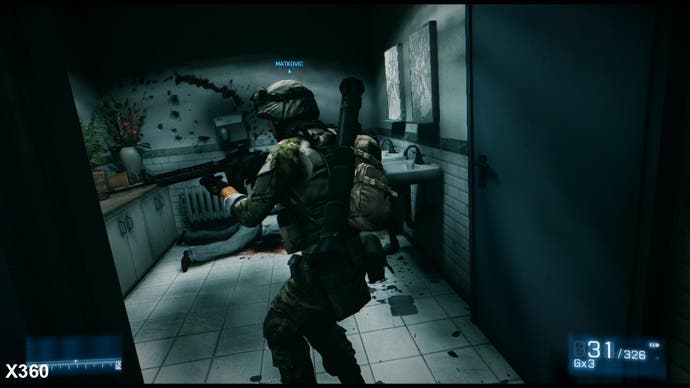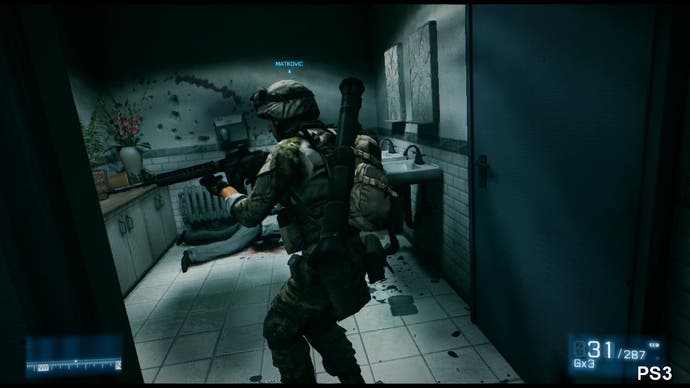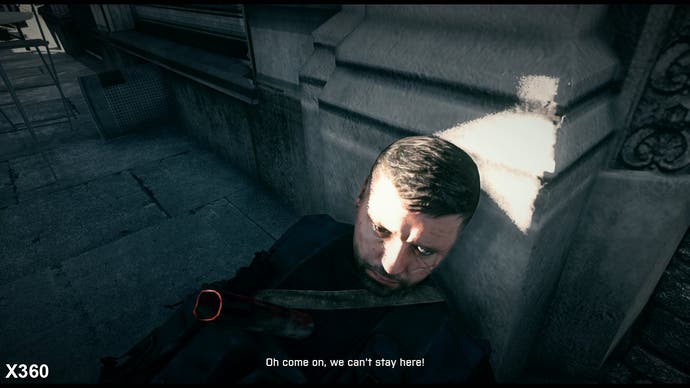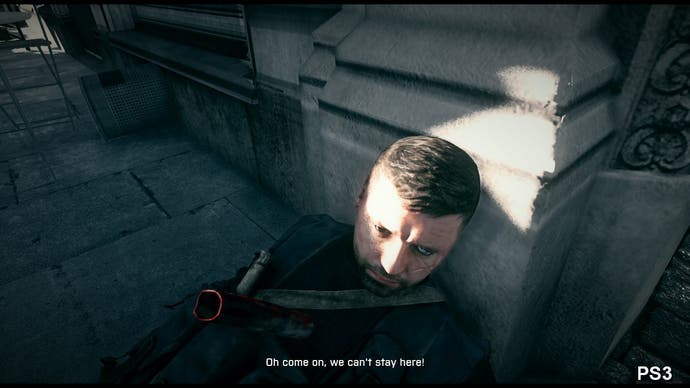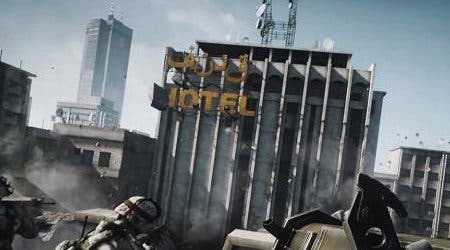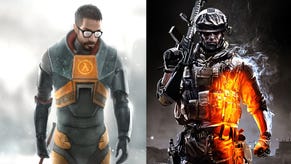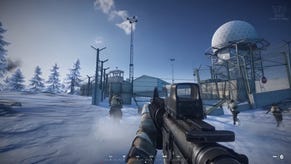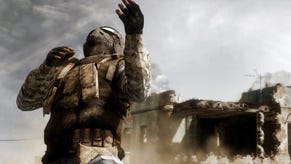Face-Off: Battlefield 3
Why DICE's latest is a "technical masterpiece" on all formats.
| - | Xbox 360 | PlayStation 3 |
|---|---|---|
| Disc Size | 7.3GB (disc one), 6.7GB (disc two) | 12.3GB |
| Install | 7.3GB (disc one), 6.7GB (disc two), 1.5GB (HD textures) | 1909MB |
| Surround Support | Dolby Digital | Dolby Digital, DTS, 5.1LPCM |
For a game that has been marketed so relentlessly and aggressively over the last three months, it's remarkable just how coy DICE and Electronic Arts have been over the console versions of Battlefield 3. Marketing was clearly PC-led, access to console versions during preview events was limited to snippets of the campaign and co-op levels, and right up until last few weeks leading up to the launch, the Xbox 360 version in particular was conspicuous by its absence.
What little we did see looked really promising, but at the same time it was difficult to avoid the impression that for whatever reason, Battlefield 3 on console was being kept out of the limelight. The vague sense that something was amiss continued with the release of the multiplayer beta - a clearly unfinished piece of code, with lots of bugs and a bewildering amount of graphical issues: an experience almost completely at odds with the slick single-player sampler we'd played on PS3 at the Eurogamer Expo.
We finished up our analysis of the BF3 beta by saying that if anyone can resolve the issues, it's a developer with the pedigree and talent of DICE - and the good news is that our faith has been vindicated: the disappointing beta is a shadow of the final release which - despite some issues - is nothing short of a technical masterpiece on all three platforms.
In this article, we'll be concentrating mostly on the console versions of the game, and factoring in the PC game more as a reference. Bearing in mind everything we've seen of the computer version, it's no surprise that a maxed out PC experience is light-years ahead of what we see on console - far more so in terms of the multiplayer game (as you'll see, the campaign is remarkably close). Regardless, the computer version of Battlefield 3 is so important that we'll be looking at it in a lot more depth in a separate article. With regards the Xbox 360 and PlayStation 3 comparisons, let's commence the proceedings with the requisite head-to-head video, backed up by an enormous, bulging, 66-shot Battlefield 3 triple-format Face-Off gallery.
DICE has given several presentations about its new Frostbite 2 technology, but the great majority of them have concentrated on its PlayStation 3 achievements, such as deferred shading techniques on SPU. The singular lack of focus on the Xbox 360 may have been cause for concern, but looking at the final versions of Battlefield 3, to the casual eye the two games are essentially interchangeable. Both of them render at a native 1280x704 resolution, letterboxed gently top and bottom. The showpiece lighting is a match in almost all situations, detail levels and LODs seem to be almost identical.
It's safe to say that Battlefield 3 really is a treat visually, regardless of the platform you own: DICE's trademark ultra-detailed textures and materials look magnificent on the new engine, the destruction model is second-to-none, atmospheric rendering and particle effects work are sublime. Invest in some decent PC hardware and you can see just how scalable Frostbite 2 is, but even on console - which DICE itself acknowledge is roughly equivalent to the PC version on its lowest settings - the experience in multiplayer is remarkable.
The differences on console - where we do see them - appear to be relatively slight. Post-process anti-aliasing is utilised on both versions in order to resolve the obvious jaggies that impacted the previous Frostbite titles, but we see two different implementations, each suited to the relative strengths of the platform. PlayStation 3 implements MLAA - a technology that actively seeks out jaggies and applies smoothing where appropriate. DICE hasn't confirmed what's being used on Xbox 360, but it certainly looks very much like NVIDIA's FXAA - an intelligent blur to all intents and purposes, that doesn't have the same edge-smoothing prowess as MLAA but works nicely on reducing the contrast on sub-pixel detailing. During the course of gameplay, the overall effect is quite similar.

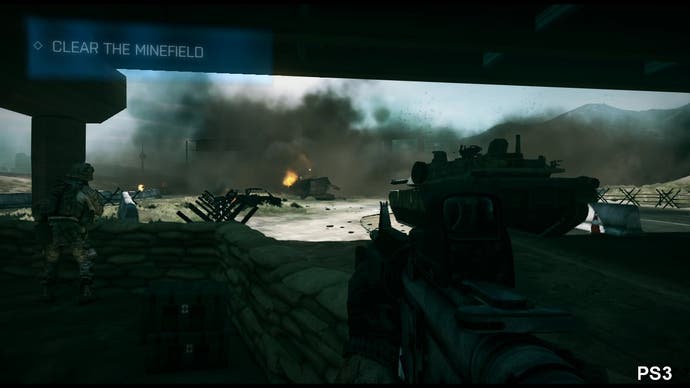
Elsewhere, we also note some noticeable differences in the implementation of shadow and screen-space ambient occlusion (SSAO) - elements that help give tone and depth to the scene. In this regard, we know for a fact that DICE has made some relatively major changes to this aspect of the console version of the Frostbite technology: during BF3's console debut on the US Jimmy Fallon chat show, dynamic shadows were of a very low resolution with poor filtering.
Clearly the developers were not happy with the results and made some wholesale changes. While the base resolution may not have improved so much, the final effect has been transformed owing to the implementation of a noisy dither effect. Shadows look a touch more defined on the PlayStation 3, while appearing to look somewhat harsher on the Xbox 360. Ambient occlusion is implemented on both platforms, but the effect looks to be significantly "heavier" on the Xbox 360.
In combination, the overall effect is that some scenes on the Microsoft platform appear to have somewhat deeper shadows, but it's only really something you'll notice in a direct side-by-side comparison - nothing more than a technical curiosity, really.
